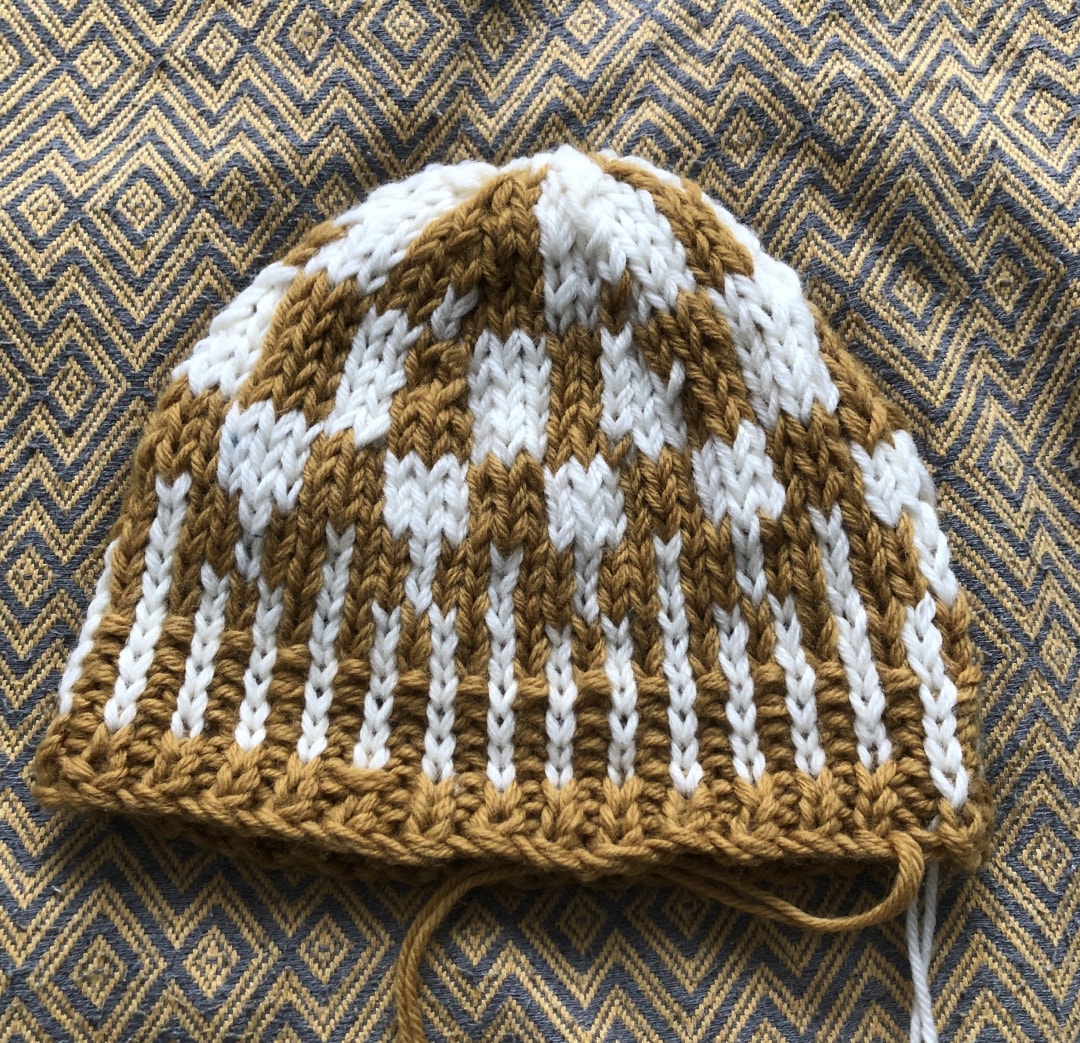
Crochet skill levels - Ambitious beginner
Share
How to rate crochet difficulty?
Skill levels in creative fields can be hard to define. What’s easy for one person might feel overwhelming for another. That’s why I often struggle with categorizing my crochet patterns strictly as "beginner," "intermediate," or "advanced." Creativity is personal, and skill development is as much about motivation as it is about technique. In my pattern descriptions, you always find a specific skill or technique recommendation such as "Try making granny squares before attempting this pattern."
One term I love using for skill levels is "ambitious beginner." But what does that mean?
The Ambitious Beginner Mindset
An ambitious beginner is someone who can complete simpler smaller projects from start to finish, but wants to take on new challenges. They don’t let traditional skill labels hold them back. Instead, they find ways to make things work for them. They might not have mastered all the basic stitches yet, but they’re eager to try more complex patterns, experiment with new techniques, and adapt their learning process to suit their own needs. Since I (will) design lot of patterns using granny stitches or modified granny stitches, I recommend first making traditional granny squares (3 double crochet clusters in one stitch) before trying my ambitious beginner projects.
Skill Levels are Subjective
As a personal example, I recently started learning how to knit, and I found it quite difficult to count my stitches, since I'm still learning how to recognize what exactly I'm doing and every stitch looks the same. I couldn't memorize the difference between two type of stitches until I used two different yarns. Knit-stitch was white and purl-stitch was orange. Then I got the hang of changing colors and ended up making a checkered hat as my first ambitious beginner project.
I anyway wanted to learn knit, because I was interested in colorwork, so it made sense to jump into it, instead of making single-colored things that I won't enjoy making. Some might say using multiple colors at once is an "advanced" technique, but for me, it was a beginner-friendly tool that made knitting more accessible. However, I already knew how to work with multiple colors in crochet, so I had some advantages with that. Still, I didn't improve my knitting until I had motivation, and tried to adapt learning to my personal needs. This experience reinforced my belief that skill levels in crafting are not rigid categories—they are fluid and depend on the person and experimentation.

(Also I'm not great with amigurumi crochet, it's just not for me, but people would consider amigurumis easier projects than clothes. I'm the other way around :) )
How I Design for All Skill Levels
In my crochet patterns, I aim to make the steps as clear and accessible as possible, no matter where you are in your crochet journey. When I design patterns I use repeated sections that make sense or simple construction. My goal is to share designs that seem complex, but are not very difficult to recreate.
To make my patterns user friendly I add:
- Color coding to differentiate between stitches
- Illustrations to clarify construction and steps.
- Crochet symbols for those who prefer visual instructions (I HIGHLY recommend getting used to these, in my patterns I add a stitch glossary so you can see which symbol means which stitch)
These tools help bridge the gap between different skill levels, allowing an ambitious beginner to confidently tackle projects that might otherwise feel intimidating. I also want to encourage people to use a combination of written instructions and crochet symbols because it opens many possibilities for the future.
You Learn Best When You're Motivated
At the end of the day, the best skill level for you is the one that excites you the most. If a pattern inspires you, go for it and spend extra time learning a new technique! With patience and excitement, an ambitious beginner will be unstoppable. Also don't forget, you don't need to learn every type of stitch pattern to make amazing projects, it's about finding the right combination of what you enjoy making, and the look that you're striving for.
Are you an ambitious beginner? Have you ever tried a project that seemed "too hard" but found a way to make it work? I'd love to hear your experiences in the comments!